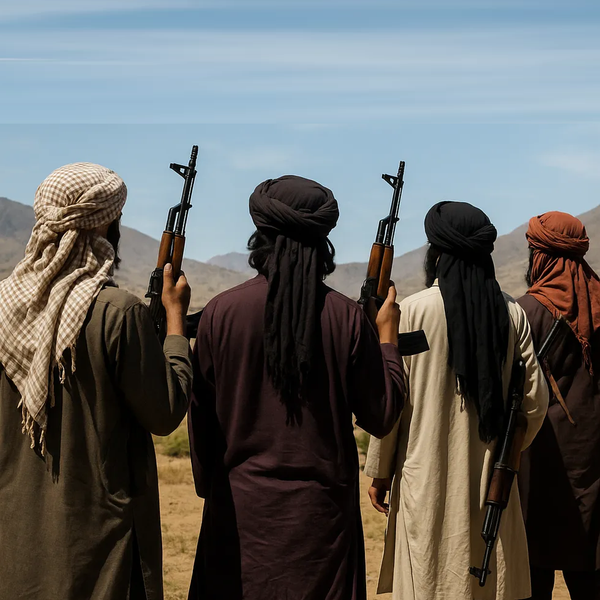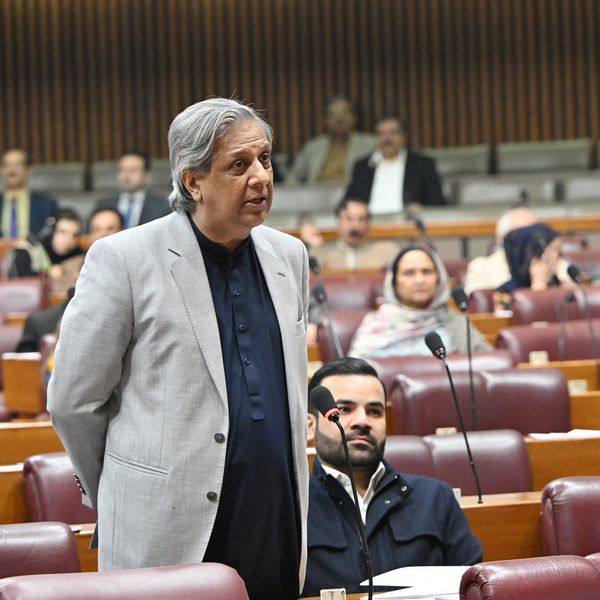Pakistan links banks’ foreign exchange exposure to capital strength in major regulatory shift
New rule ties Foreign Exchange Exposure Limit to 7.5% of Tier-1 Capital, aiming to curb risk and reward well-capitalized banks with greater FX flexibility
Business Desk
The Business Desk tracks economic trends, market movements, and business developments, offering analysis of both local and global financial news.

In a move aimed at improving risk management and aligning foreign exchange activity with banks’ financial strength, the State Bank of Pakistan (SBP) has revised the Foreign Exchange Exposure Limit (FEEL) framework for Authorized Dealers (ADs), effective August 4.
Under the revised mechanism, the central bank said FEEL will now be capped at 7.5% of each bank’s Tier-1 Capital, based on its latest annual audited financial statements. Each bank’s individual limit will be communicated separately by the SBP.
The new guidelines represent a significant shift from previous practice, where limits were often standardized or based on fixed slabs, without a direct link to the capital adequacy of each institution.
“Given the changes in market conditions and trade volumes, and to facilitate Authorized Dealers in their foreign exchange operations, it has been decided that FEEL shall be assigned equal to 7.5% of Tier-1 Capital,” the SBP said in a circular issued Friday.
What is FEEL?
The Foreign Exchange Exposure Limit (FEEL) is a regulatory cap set by the SBP to manage the net open position that banks can take in foreign currencies. It is a critical tool to contain systemic risk arising from exchange rate volatility, especially in a country like Pakistan where the currency has been subject to sharp fluctuations in recent years.
Previously, FEEL was allocated through fixed ceilings or subjective assessments, often leading to inconsistent exposure capacities across banks, irrespective of their financial strength.
In March 2007, SBP set FEEL at 15% of paid‑up capital, with a cap of PKR 1.5 billion.
On June 15, 2009, the cap was raised to 20%, with a maximum limit of PKR 2 billion, replacing the earlier lower limit.
A 2020 circular raised the FEEL assignment to 25% of paid‑up capital, with the cap widened to PKR 5 billion, based on each AD’s share of foreign exchange volumes. Each bank’s limit was to be communicated individually, and SBP retained discretion to adjust it downward depending on usage behavior .
The new approach ties these limits directly to each bank’s capital base, ensuring that only well-capitalized institutions can take on larger foreign exchange positions.
The shift is expected to introduce more discipline in foreign exchange operations and could result in reduced speculative positions by smaller or undercapitalized banks. At the same time, the move may offer greater operational flexibility to stronger banks with larger capital bases, allowing them to better serve trade and remittance flows in a dynamic external environment.
Financial institutions are expected to recalibrate their foreign exchange positions ahead of the implementation date. Bank treasuries and risk departments are also likely to reassess their hedging strategies in line with the new exposure thresholds.
Status quo maintained otherwise
The SBP clarified that all other existing instructions regarding foreign exchange operations remain unchanged, signaling that the new limit is a targeted adjustment rather than a broader overhaul of the foreign exchange framework.
Analysts say the timing of the move is noteworthy, coming amid evolving trade patterns, fluctuating foreign inflows, and recent changes in tariff structures following Pakistan’s revised trade arrangement with the United States.










Comments
See what people are discussing